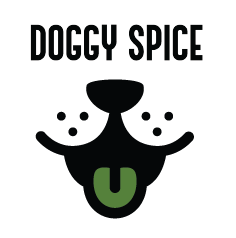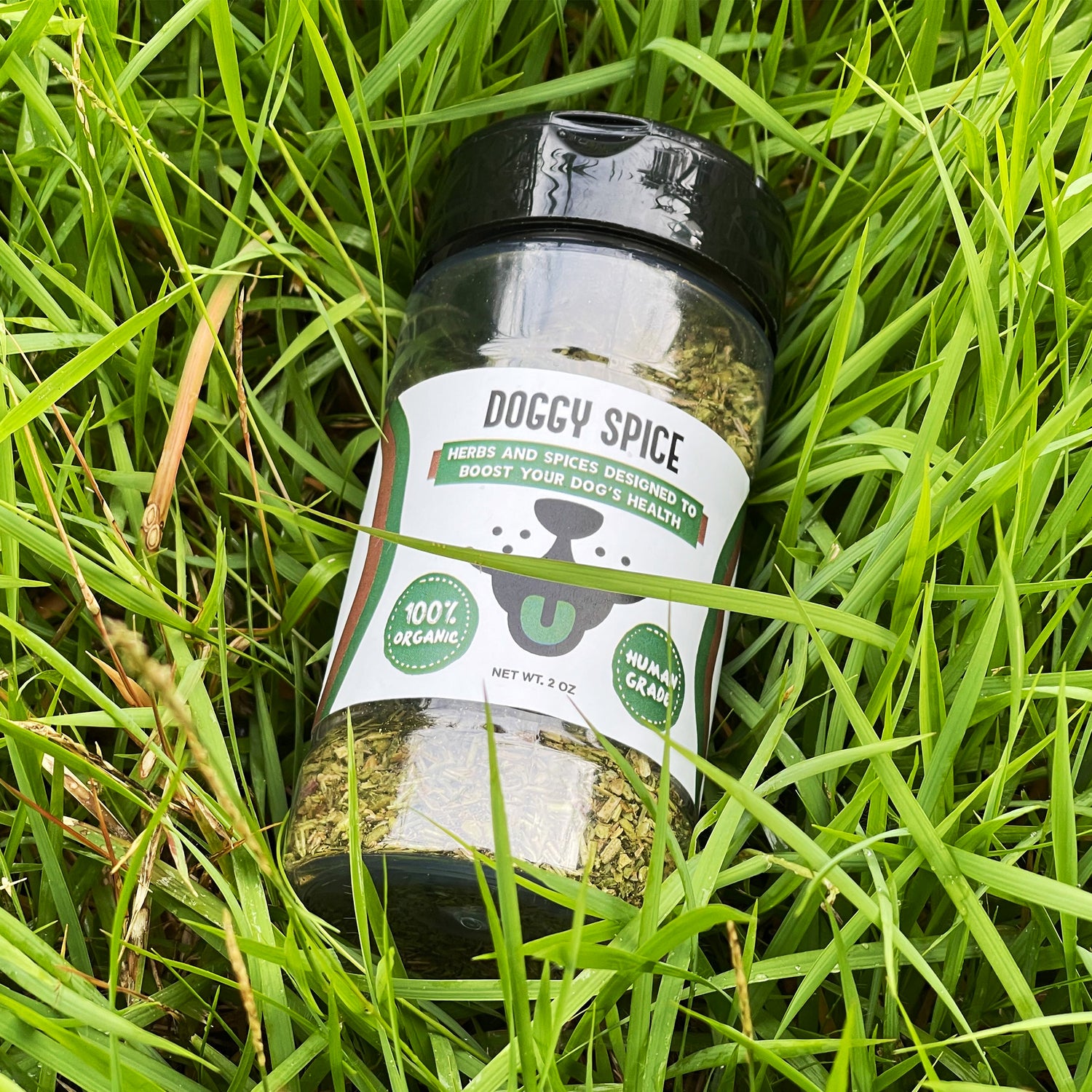
Can Dogs Eat Salmon? Health Benefits and Safe Preparation Tips
Share
Introduction
For dog owners looking to provide a nutrient-packed treat, salmon is a popular choice. But is it safe for dogs to eat salmon? What are the health benefits, and how should it be prepared?
In this guide, we’ll explore the nutritional value of salmon for dogs, discuss safe preparation methods, and provide expert tips to include salmon in your dog’s diet.
Is Salmon Safe for Dogs? 🐕
Yes, salmon can be a safe and nutritious food for dogs when prepared correctly. However, there are important precautions to take:
- Avoid raw salmon: Raw salmon may contain Neorickettsia helminthoeca, a parasite that causes salmon poisoning disease in dogs.
- Remove bones: Cooked salmon should be boneless to avoid choking hazards or intestinal damage.
- Skip seasoning: Salmon should be cooked plain, as ingredients like garlic, onion, or excess salt can be toxic to dogs.
Health Benefits of Salmon for Dogs 🐾
Salmon is rich in essential nutrients that support your dog's overall health:
-
Omega-3 Fatty Acids
- Reduces inflammation, promoting joint health and mobility.
- Improves skin and coat health, reducing dryness and itching.
-
High-Quality Protein
- Essential for muscle maintenance and repair.
- Provides energy for active dogs.
-
Vitamins and Minerals
- Rich in B vitamins, selenium, and potassium to boost immunity and support organ function.
How to Safely Prepare Salmon for Dogs 🧑🍳
Follow these steps to prepare salmon safely for your furry friend:
-
Choose Fresh or Frozen Salmon
- Opt for wild-caught salmon whenever possible, as it’s lower in contaminants like mercury.
-
Cook Thoroughly
- Bake, grill, or steam the salmon until fully cooked (internal temperature of 145°F).
-
Remove Skin and Bones
- While salmon skin contains nutrients, it can be high in fat and may upset sensitive stomachs.
-
Skip the Seasoning
- Avoid adding spices, oils, or marinades. Serve it plain.
How Much Salmon Can Dogs Eat? 🐟
Salmon should be treated as an occasional treat, not a staple. The general guidelines:
- Small dogs: 1–2 ounces per serving.
- Medium dogs: 2–4 ounces per serving.
- Large dogs: 4–6 ounces per serving.
Limit salmon to once or twice a week to avoid overloading your dog’s diet with fat or mercury.
Salmon Nutritional Breakdown per 100g (Cooked)
|
Nutrient |
Amount |
Benefit |
|
Calories |
206 kcal |
Provides energy |
|
Protein |
22g |
Supports muscle health |
|
Omega-3 Fatty Acids |
~2.5g |
Reduces inflammation |
|
Selenium |
36 mcg |
Boosts immune function |
|
Vitamin B12 |
3 mcg |
Promotes nerve health |
"Omega-3 fatty acids in salmon can significantly reduce inflammation and support cardiovascular health in dogs, making it a powerful supplement for aging pets."
— Veterinary Nutrition Center
Environmental Considerations When Feeding Dogs Salmon
Feeding your dog salmon can have environmental impacts, so it's important to make eco-friendly choices. Here are some key considerations to keep in mind:
-
Choose Sustainable Sources 🐟
Look for salmon that is certified by organizations like the Marine Stewardship Council (MSC) or the Aquaculture Stewardship Council (ASC). These certifications ensure that the salmon is sourced responsibly and does not contribute to overfishing or harm to marine ecosystems.
-
Beware of Farmed Salmon
Farmed salmon often contains higher levels of contaminants like polychlorinated biphenyls (PCBs) and may be treated with antibiotics. While not all farmed salmon is unsafe, it's essential to research the source and opt for those with certifications like ASC or Best Aquaculture Practices (BAP).
-
Packaging and Waste
When purchasing salmon, choose options with minimal or recyclable packaging to reduce environmental waste. Consider buying fresh salmon directly from fish markets or in bulk to avoid excess plastic.
-
Utilize Every Part
When preparing salmon for your dog, consider using scraps or leftovers that are safe for consumption (e.g., cooked salmon without bones). This minimizes food waste and ensures you're getting the most value out of your purchase.
-
Support Local Fisheries
If possible, buy salmon from local or regional fisheries. This not only supports small businesses but also reduces the carbon footprint associated with transportation.
By being mindful of where and how your salmon is sourced, you can provide your dog with a nutritious meal while reducing your impact on the environment. 🌍
Top Herbs and Spices to Keep Your Dog Healthy All Year 🌿
- Cleavers (Galium Aparine) - Supports lymphatic health
- Rosemary- Antioxidant-rich
- Dandelion Greens - Provides vitamins A, C, and K
- Basil - Calming properties
- Peppermint - Aids digestion
- Celery Seeds - Anti-inflammatory benefits
- Dill - Rich in antioxidants
- Oregano - Immune-supporting
- Parsley - Supports fresh breath
- Thyme - Immune booster
- Ginger - Soothes stomachs
- Tumeric - Anti-inflammatory properties
These herbs and spices can easily be incorporated into your dog’s meals with Doggy Spice to promote overall well-being. 🌱
Can Dogs Eat Salmon? Frequently Asked Questions (FAQ) 🧐
Can dogs eat raw salmon?
No. Raw salmon can carry parasites that cause salmon poisoning disease, which can be fatal if untreated.
Is canned salmon safe for dogs?
Yes, but choose varieties packed in water with no added salt or seasoning.
How often can dogs eat salmon?
Once or twice a week is ideal to provide health benefits without overloading their diet.
Are salmon bones safe for dogs?
No. Cooked salmon bones can splinter and pose a choking hazard or cause intestinal damage.
Can puppies eat salmon?
Yes, but only in small, thoroughly cooked portions to avoid upsetting their developing digestive systems.
Can dogs eat smoked salmon?
It’s best to avoid feeding your dog smoked salmon. Smoked salmon often contains high levels of salt and preservatives, which can be harmful to dogs. Additionally, there’s a risk of parasites or bacteria that could make your dog sick. Stick to plain, cooked salmon as a safer alternative for your pup.
Salmon Dog Treat Recipe 🍪
Try this simple recipe for homemade salmon treats!
Ingredients:
- 1 cup cooked, flaked salmon (boneless and skinless)
- 1 egg
- 1 cup whole wheat or oat flour
Instructions:
- Preheat oven to 350°F (175°C).
- Mix all ingredients in a bowl until a dough forms.
- Roll out the dough and cut into bite-sized pieces.
- Bake for 20–25 minutes or until firm.
- Let cool before serving.
These treats are nutritious, easy to make, and perfect for your pup!
Conclusion
Salmon can be a nutritious and tasty addition to your dog’s diet when prepared safely. Packed with omega-3 fatty acids, protein, and essential vitamins, it offers numerous health benefits. By following the preparation tips above, you can confidently share this superfood with your furry companion.
References
- American Kennel Club. (n.d.). Can Dogs Eat Salmon? Retrieved from https://www.akc.org.
- Veterinary Nutrition Center. (2023). The Benefits of Omega-3 for Dogs. Retrieved from https://vetnutrition.org.
- National Research Council. (2006). Nutrient Requirements of Dogs and Cats. Washington, DC: National Academies Press.
- PetMD. (n.d.). Is Salmon Safe for Dogs? Retrieved from https://www.petmd.com.

